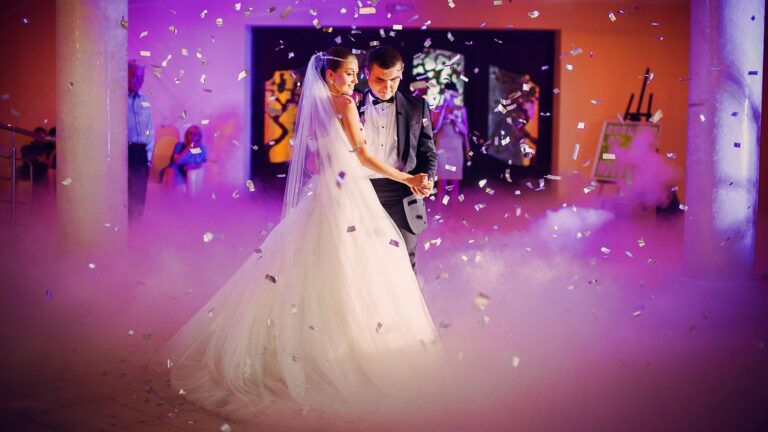Capturing wedding memories through video immortalizes one of the most significant days in a couple’s life. In an era teeming with technological options, choosing the right format isn’t just a technical decision; it’s about crafting a narrative that resonates for a lifetime.
With a variety of formats at our fingertips, understanding the nuances of each becomes paramount. This journey through wedding videography will unveil how different formats, styles, and techniques intertwine to narrate your love story, ensuring that every emotion and moment is preserved with the fidelity it deserves.
Choose Your Wedding Videography Style
Wedding videography styles are as unique as the couples they portray. The cinematic style transforms your wedding into a movie, focusing on dramatic, beautifully staged shots. The documentary style captures events as they happen, ensuring a natural and authentic representation.
Storytelling intertwines narrative elements, crafting a compelling story around your special day. Each style has its charm: cinematic feels grand, documentary feels genuine, and storytelling feels intimate. Your choice sets the tone for your video, so consider what resonates with your personal love story.
Consider the Length of Your Video
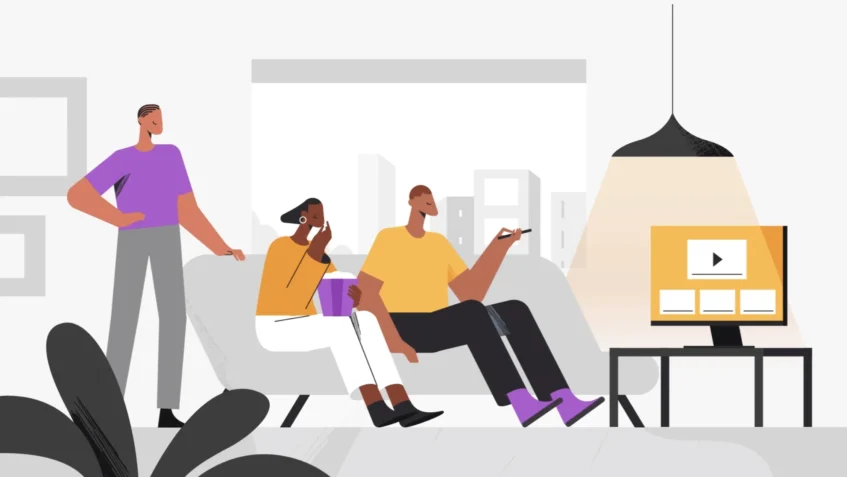
The length of your wedding video can profoundly impact its narrative quality and viewing experience. Shorter videos, often highlights, capture the essence of the day, perfect for sharing with friends and family.
Longer versions delve deeper, preserving detailed memories of your special day. The key is balance; too long, and you risk losing the viewer’s attention, too short, and significant moments might be overlooked. Reflect on what you cherish most about your day to guide the length, ensuring your video remains a captivating story from start to finish.
High-Definition vs. 4K Resolution
In the world of wedding videography, resolution plays a pivotal role in capturing the intricacies of your special day. High-Definition (HD) offers clarity and detail, ensuring that every smile and tear is crisply preserved. 4K resolution takes this a step further, offering breathtaking detail and a level of realism that feels almost tangible.
While 4K provides unparalleled clarity, it requires more storage and powerful editing tools. Consider your priorities, be it the utmost detail or ease of handling, to choose the resolution that aligns with your vision. If you can’t get around these specifics you’re better off hiring a professional wedding video editing service.
Aspect Ratios: 16:9 vs. 2.39:1
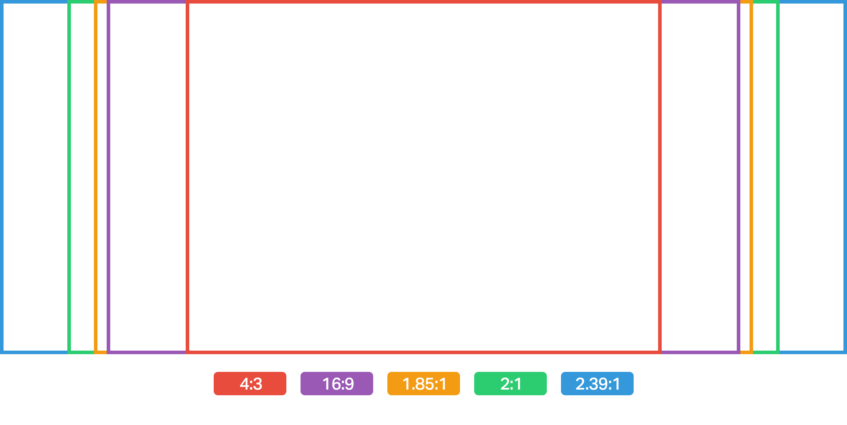
The aspect ratio of your wedding video frames not just the visuals but the ambiance of your film. The standard 16:9 ratio offers a balance, fitting naturally into most screens. For those yearning for a cinematic touch, 2.39:1, with its wider frame, brings a film-like quality, immersing viewers in a visual spectacle.
While 16:9 captures more vertical space, perfect for grand venues, 2.39:1 emphasizes the breadth, ideal for stunning landscapes. Your venue and style should guide this choice, ensuring your video feels as expansive or intimate as your actual day.
Frame Rates for Smooth Playback
Frame rates, the backbone of video fluidity, significantly affect the aesthetic of your wedding film. Common rates include 24fps, offering a film-like quality, 30fps, ensuring smooth motion, and 60fps, capturing details with lifelike clarity.
While higher frame rates provide smoother motion, they can also introduce a hyper-realistic feel, potentially detracting from the cinematic charm. Consider the mood you wish to evoke; a dreamy, timeless feel might call for 24fps, while dynamic, vivid scenes might benefit from the clarity of 60fps.
Audio Quality Matters
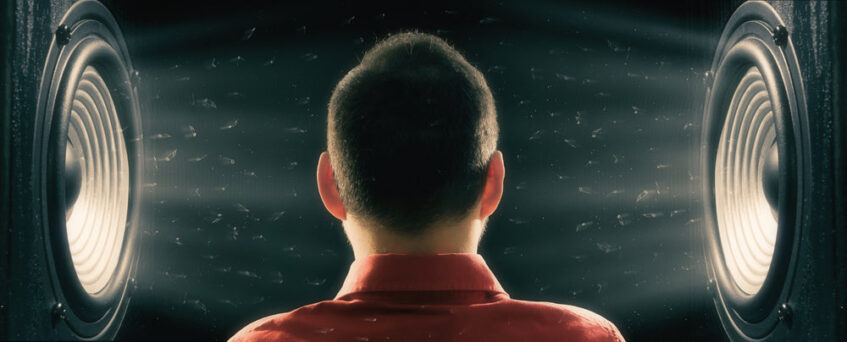
In the realm of wedding videography, audio is the unsung hero, turning mere visuals into a symphony of emotions. Clear vows, laughter, and music breathe life into your video, creating an immersive experience.
Investing in professional audio equipment and techniques, like lapel microphones for vows and ambient sound capture for the reception, ensures every word and note is preserved with clarity. Remember, a wedding video isn’t just seen; it’s felt, and pristine audio is key to reliving those heartfelt moments.
Drone Shots for Aerial Views
Drones have revolutionized wedding videography, offering a bird’s-eye view of your special day. These aerial shots provide a grand, cinematic perspective, turning simple venues into majestic landscapes.
Drone footage can beautifully showcase the venue and offer a creative narrative perspective, adding dynamism to your wedding film. However, it’s crucial to use drones judiciously, ensuring they complement rather than overpower the intimate moments that make your day unique.
Incorporating Slow Motion
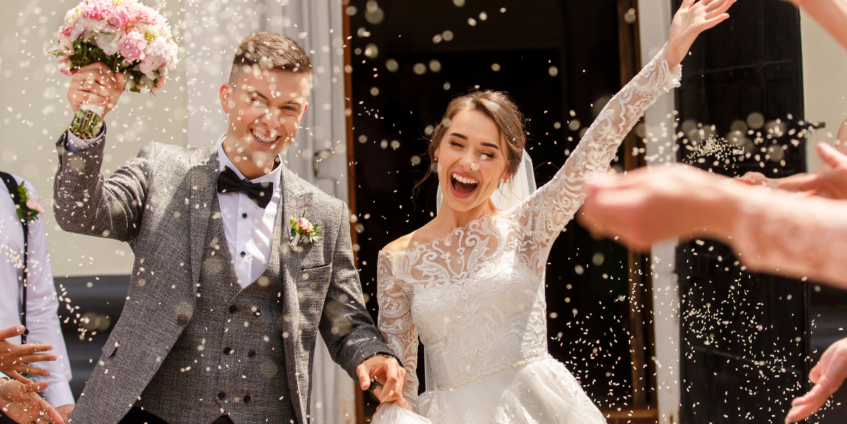
Slow motion in wedding videos isn’t just a technique; it’s a storytelling tool. It magnifies moments, stretching seconds into memories, allowing viewers to savor emotions and details otherwise fleeting.
A first look, a twirl during the dance, or a joyous laugh – when used thoughtfully, slow motion transforms these instances into poignant, visual poetry. However, balance is key; overuse can dilute its impact. When applied with intention, slow motion adds depth and drama, artfully punctuating the narrative of your love story.
Color Grading and Post-Production
Color grading is the magic wand of post-production, capable of transforming the mood and aesthetic of your wedding film. It’s not just about vibrancy or contrast; it’s about ensuring the visuals resonate with your story’s tone.
Warm tones can evoke nostalgia, while cooler tones might bring a contemporary feel. The post-production process also includes editing choices that pace your story, ensuring a rhythm that captivates. This stage marries the technical with the emotional, turning raw footage into a cohesive, evocative narrative.
Choosing the Right Music
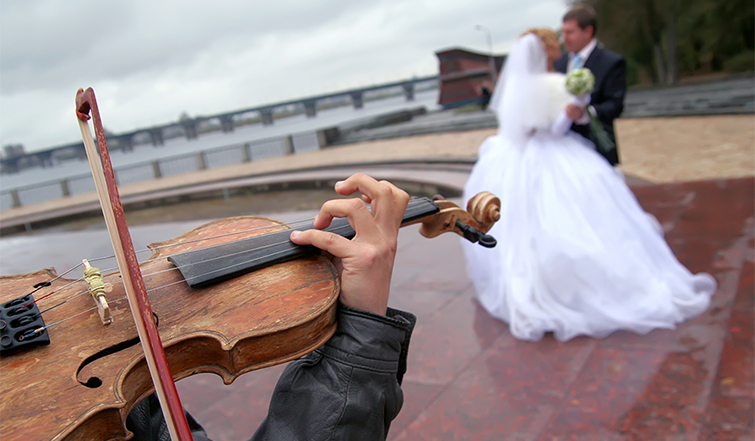
Music is the heartbeat of your wedding video, underscoring emotions and elevating moments into memories. The right soundtrack resonates with the day’s rhythm, accentuating the joy, the solemnity, or the sheer excitement.
It’s not just about a favorite song; it’s about a sound that embodies your story’s essence. Consider melodies that harmonize with your narrative, ensuring they complement rather than overpower the visuals. Your music choice sets the tempo of your love story, echoing through every frame.
Delivery Formats and Preservation
In a digital age, the final format of your wedding video is a key consideration. Whether it’s a tangible Blu-ray, a versatile digital file, or an easily accessible online platform, each medium offers different advantages. Beyond the delivery, preservation is paramount.
Digital formats should be backed up in multiple locations, ensuring your memories withstand the test of time. Physical copies should be stored in safe, dry places. Your wedding video is not just for today; it’s a legacy of love, preserved for generations.
Conclusion
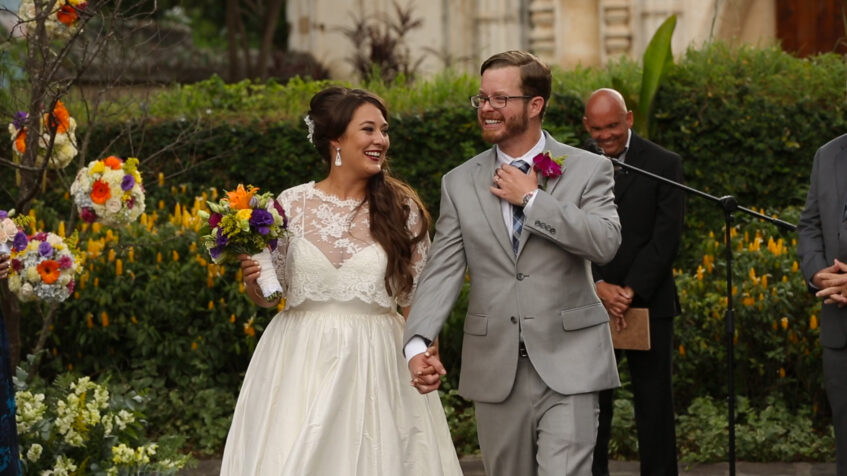
Choosing the right format for your wedding video is a journey through styles, techniques, and personal preferences. From cinematic storytelling to the precision of technical details, every choice weaves together to narrate your unique love story.
As we’ve explored, it’s not just about capturing moments; it’s about preserving emotions, ensuring that every smile, tear, and kiss resonates through time. As you embark on this journey, let these insights guide you, ensuring that your wedding video becomes a timeless treasure, a perfect memory of your special day.

